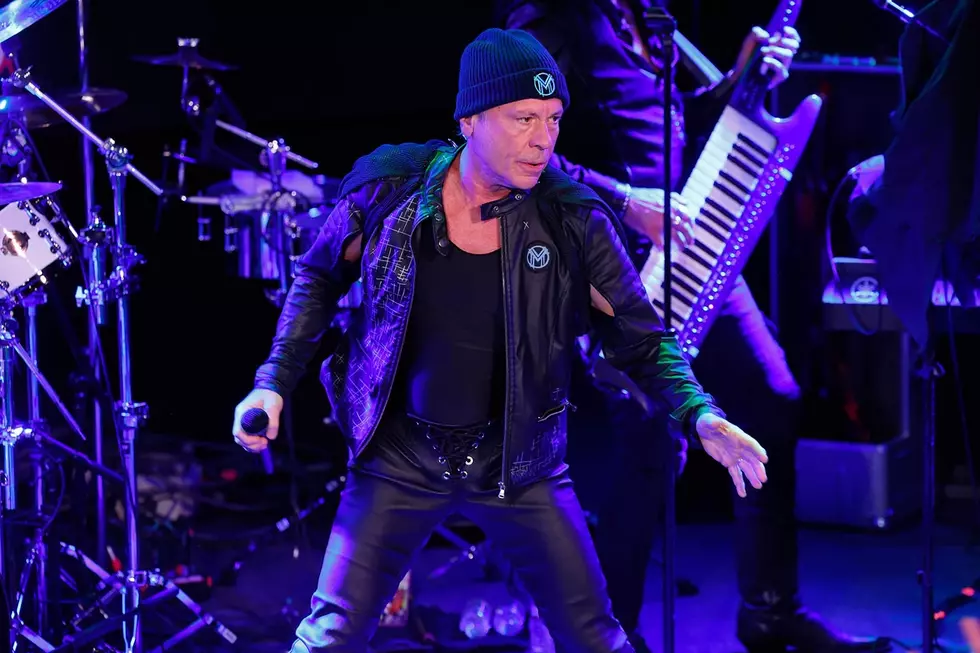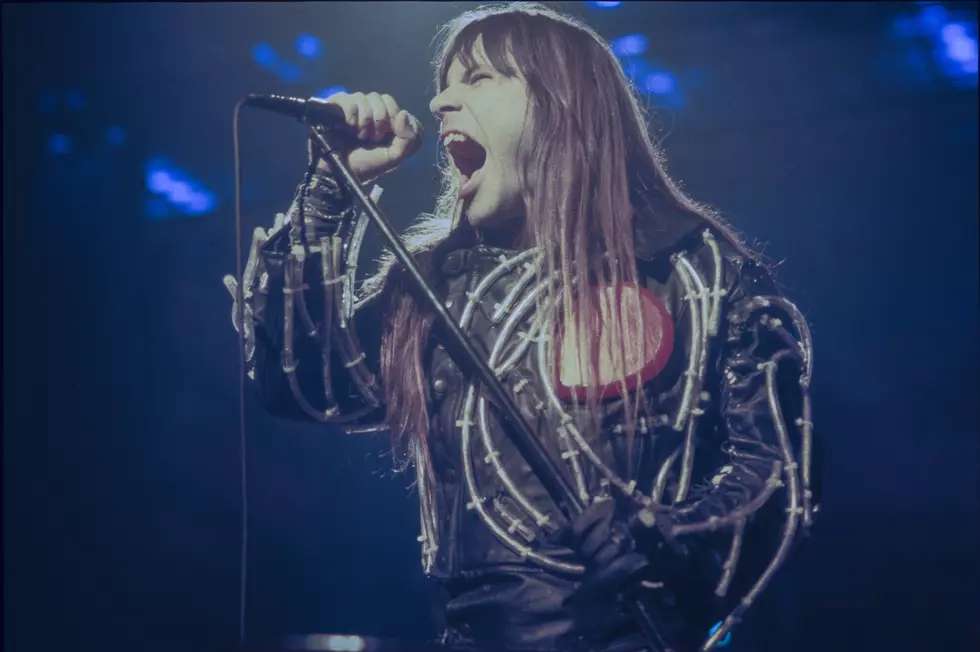
When Iron Maiden Roared Back With the Ambitious ‘Book of Souls’
Iron Maiden's 16th album, The Book of Souls, was remarkably ambitious. In fact, the sheer scope of the record — 12 tracks spanning 92 minutes — and the band’s massive supporting world tour is probably still being mulled over by diehards.
The energy of the album, which was written and recorded quickly at Paris’ Guillaume Tell Studios, roars and pulses like a classic Maiden album. While so many other ’80s metal bands devolve into glorified tribute acts, Iron Maiden remained relevant with music that pushed their old style into bold new territories.
After a five-year pause between The Book of Souls and its predecessor, 2010's The Final Frontier, Iron Maiden emerged with the first double album they’ve ever released – and their longest. The Book of Souls also included their longest song: the 18-minute closing track “Empire of the Clouds,” which unseated the 14-minute classic “Rime of the Ancient Mariner” after 31 years as the reigning champ.
Despite the voluminous content, a sense of urgency drove the album, in both music and lyrics. Thematically, the band spent the album’s 90-plus minutes primarily wrestling with issues of life, death and the idea of the immortal soul as triple-threat guitarists Dave Murray, Adrian Smith and Janick Gers shredded all over the place.
Bassist Steve Harris had gone through an especially difficult period prior to the release, having lost an old friend and family member. Fittingly, Iron Maiden played like it’s their last day on earth. Another blow came just before the album's release, when singer Bruce Dickinson was treated for oral cancer, prompting a delay of both the album and tour.
Critics were nearly as effusive in their praise of the album as fans were, with publications like Kerrang! and Metal Hammer awarding the LP with their highest scores. Even the detractors were somewhat tempered in their rebukes: Billboard, for instance, called The Book of Souls “outsized” but “surprisingly engaging overall.”
Commercially, the album also fared well. The Book of Souls was the band’s fifth No. 1 in their U.K. homeland; it debuted at No. 4 in the U.S., trying Iron Maiden’s highest position with The Final Frontier. Billboard also noted it was the band’s best sales week in the U.S. since the Nielsen SoundScan tracking system started in 1991.
The world tour was even more successful. The road trip found Iron Maiden playing 36 countries across six continents, including their first-ever performances in El Salvador, Lithuania and China. (The El Salvador show was reportedly the largest ever in the nation’s history, earning the group a special thanks from the country's Ministry of Tourism.)
Throughout the tour, the band, crew and more than 12 tons of gear traveled in a custom Boeing 747-400, nicknamed Ed Force One and piloted by Dickinson. Even a March 2016 collision on the tarmac in Santiago, Chile — which damaged the plane’s undercarriage and two of its engines, requiring two weeks of repairs — couldn’t derail the momentum. The shows were a hit with both fans and critics. The tour wrapped up on Aug. 4 at the Wacken Open Air festival in Germany.
Dickinson’s cancer scare, as well as the members' advancing ages, seemed to have injected new life into a group that could have rested on its past years ago. It seemed for Iron Maiden, creativity — and the occasional really long song — was the key to longevity.
Ranking Every Iron Maiden Album
More From Ultimate Classic Rock









